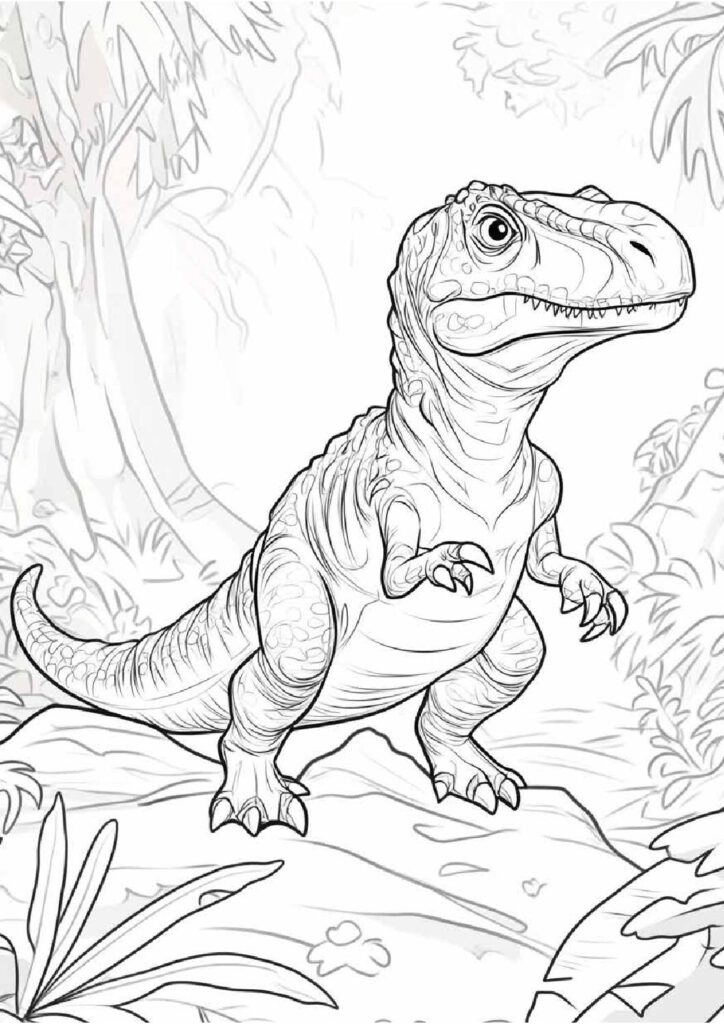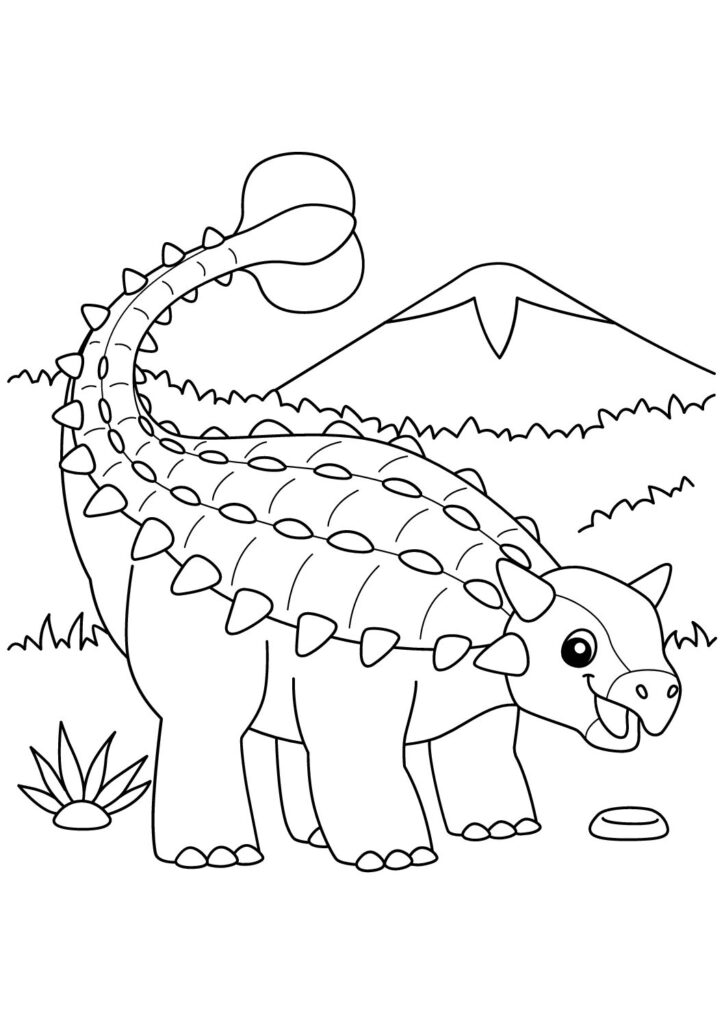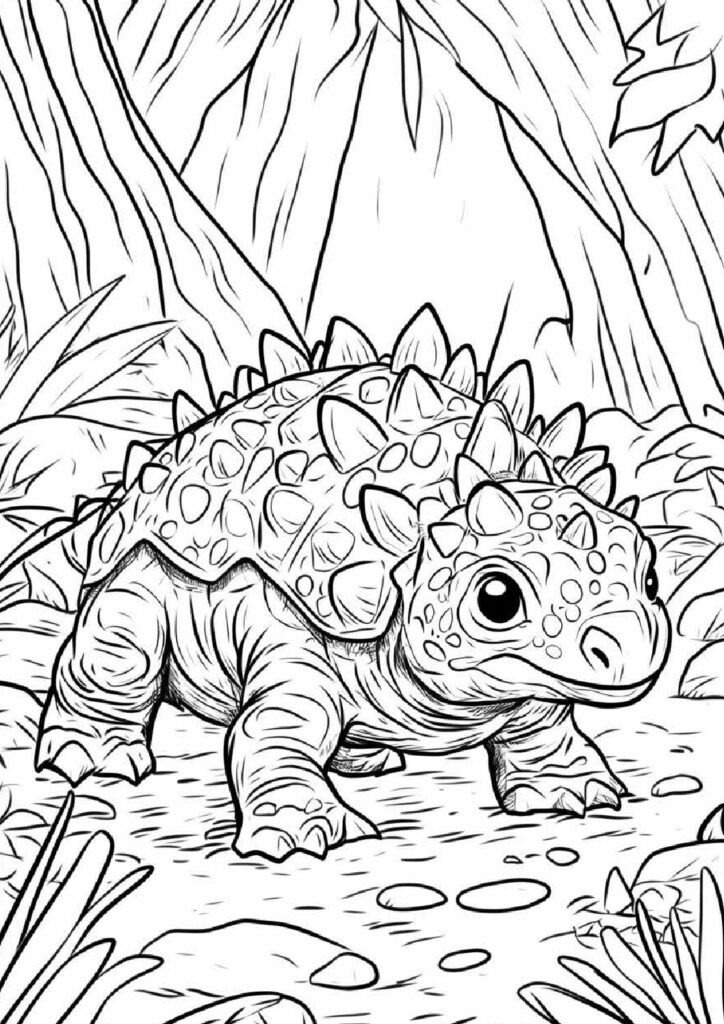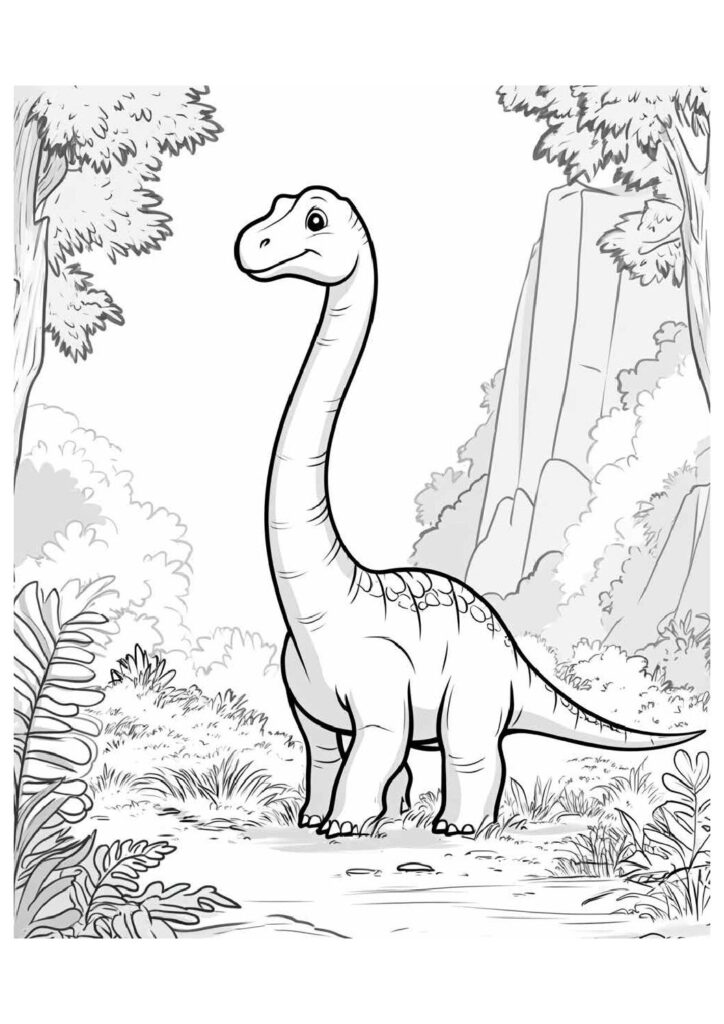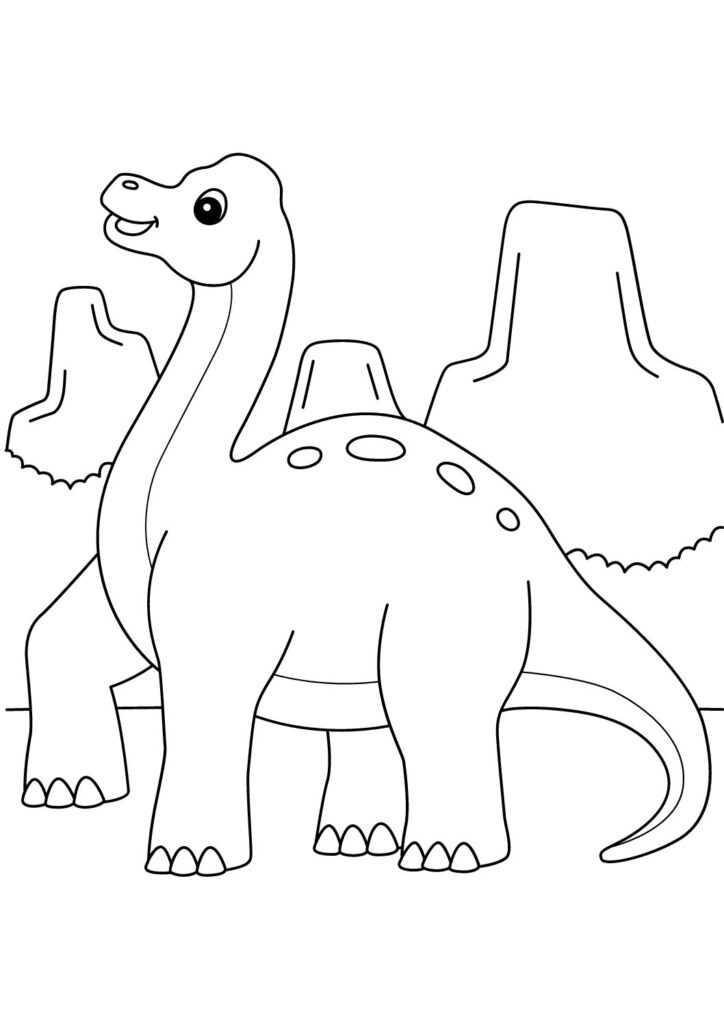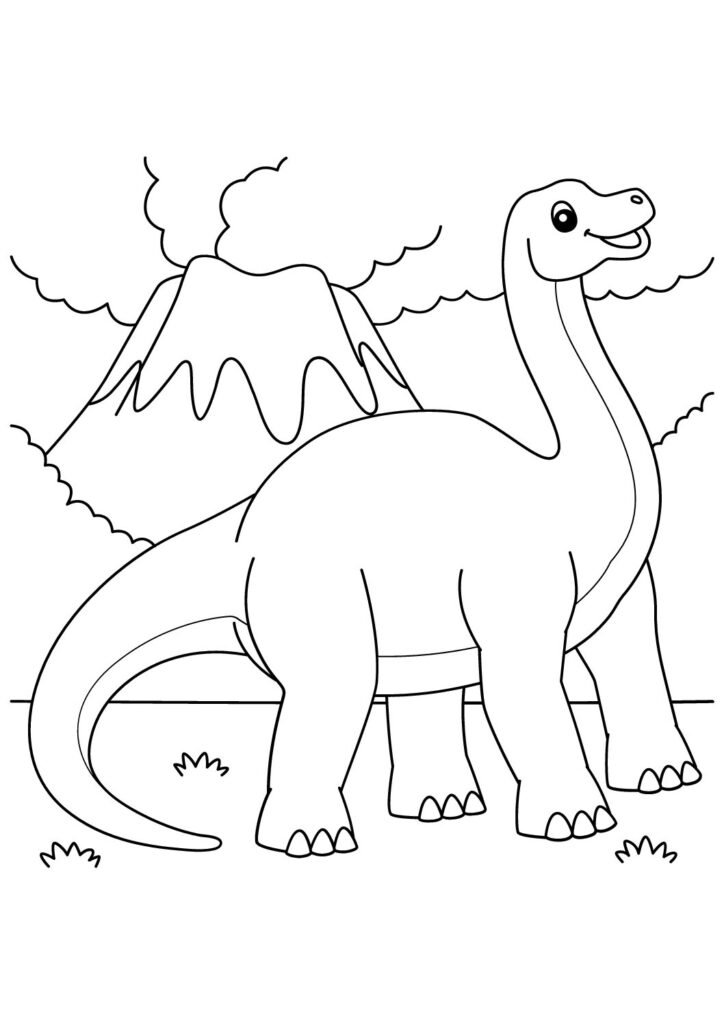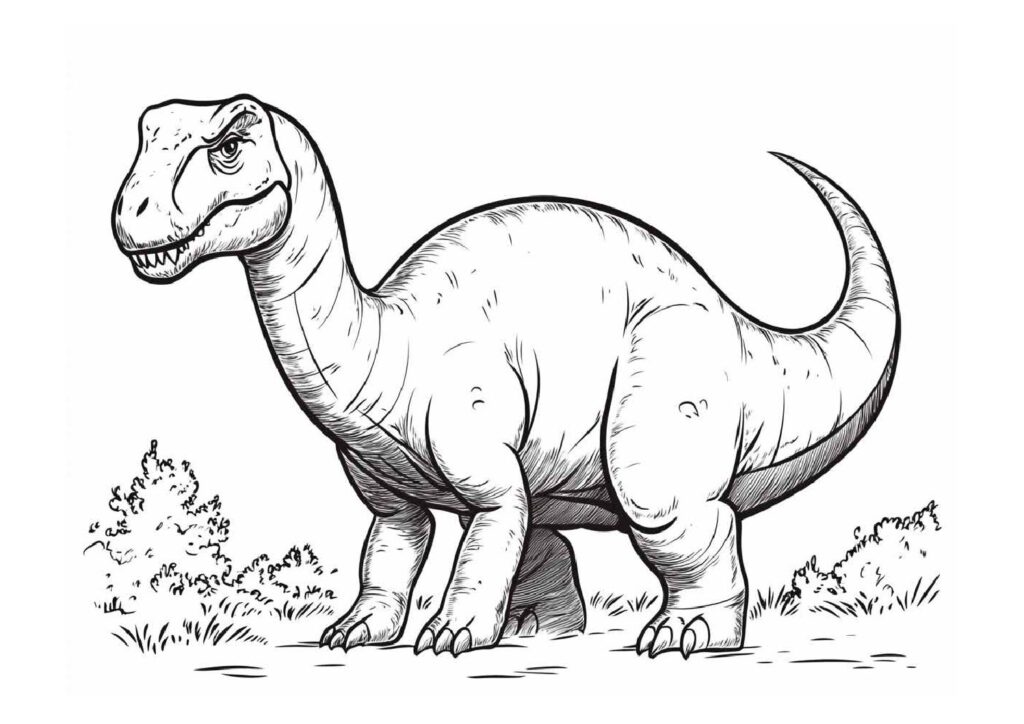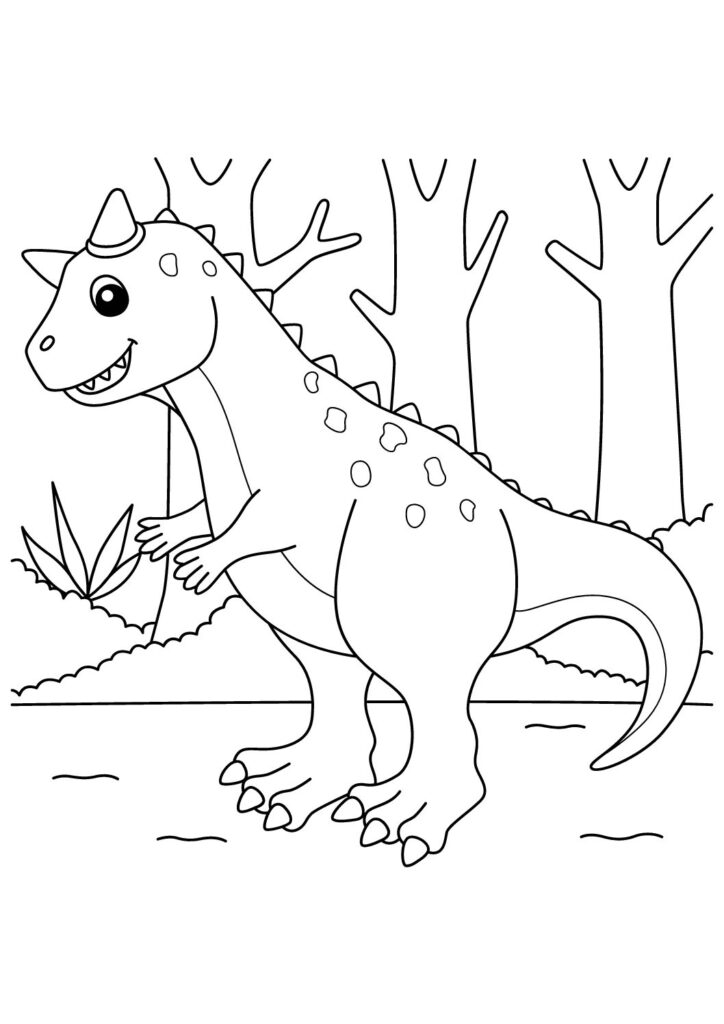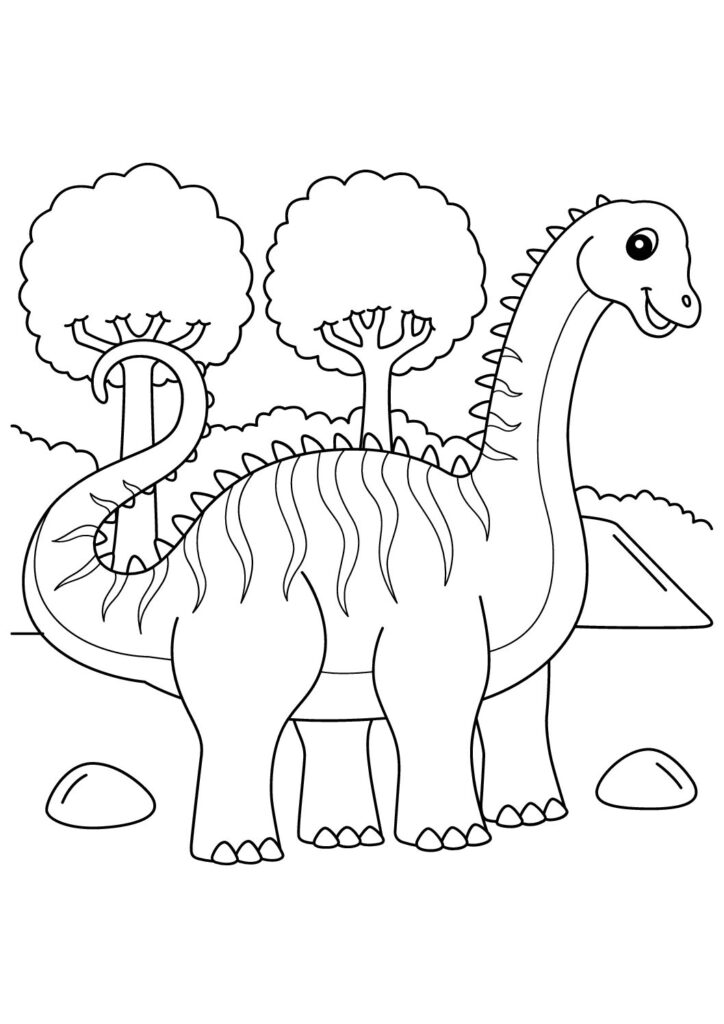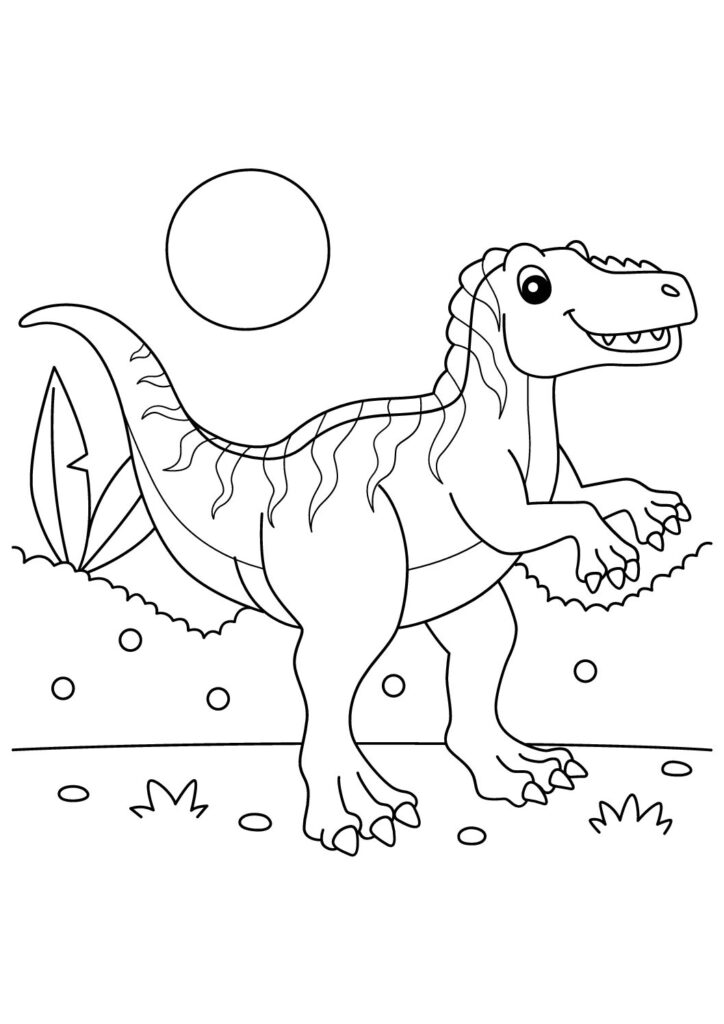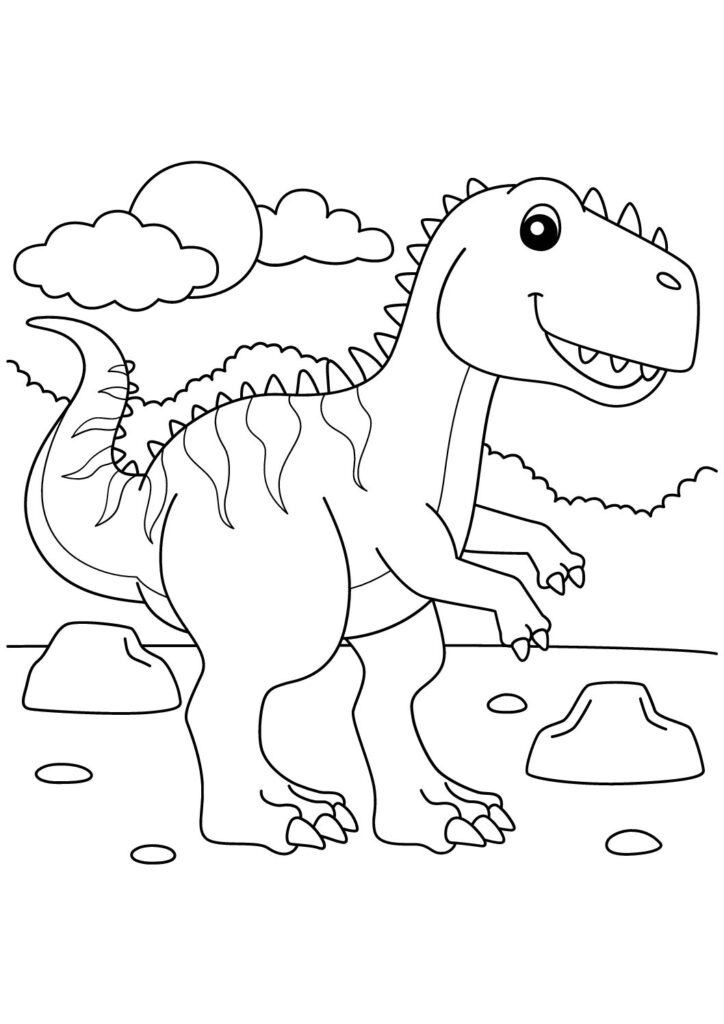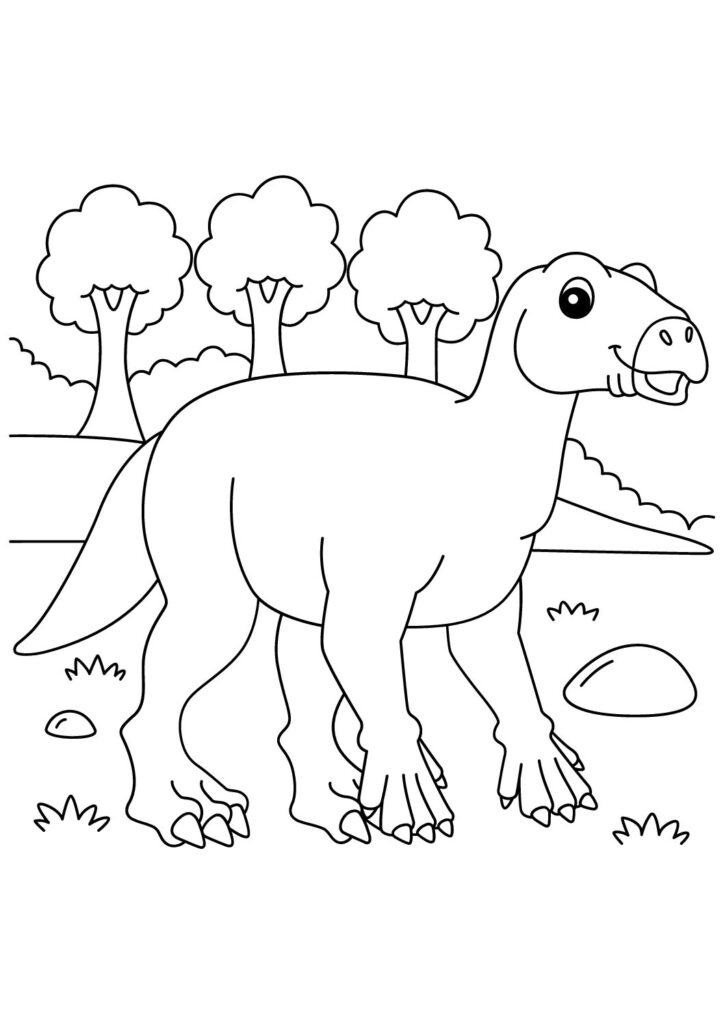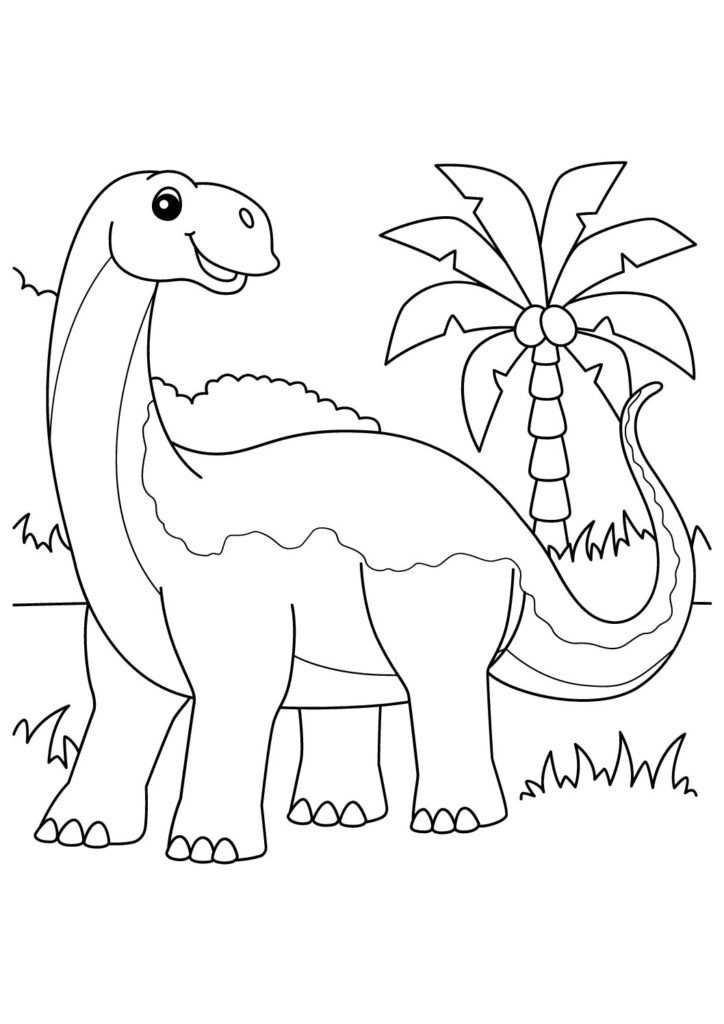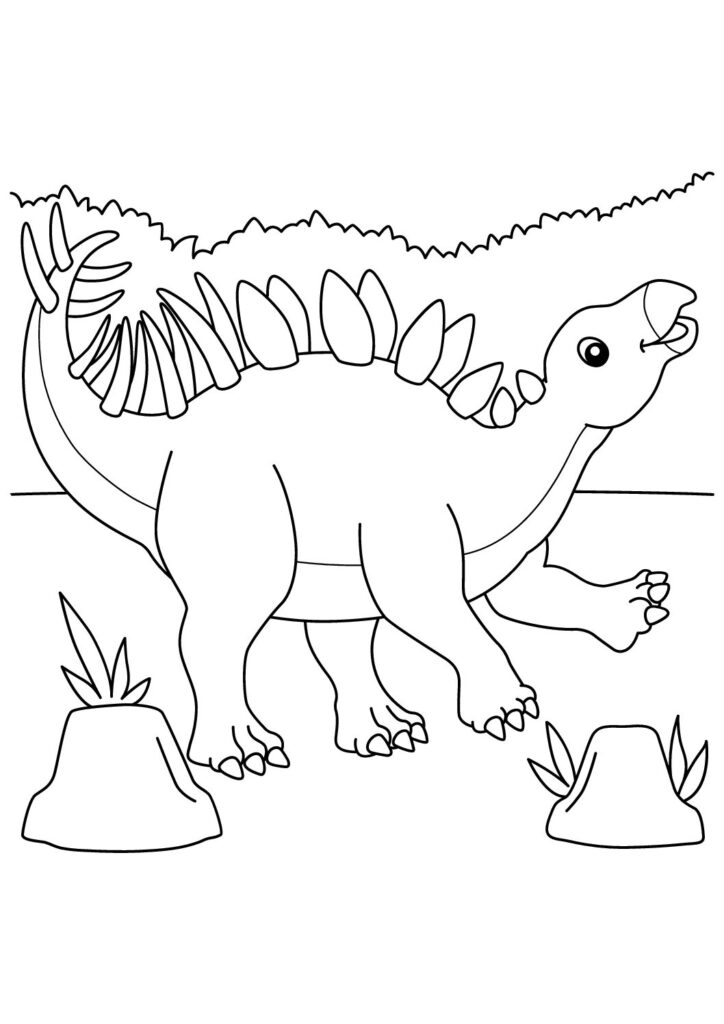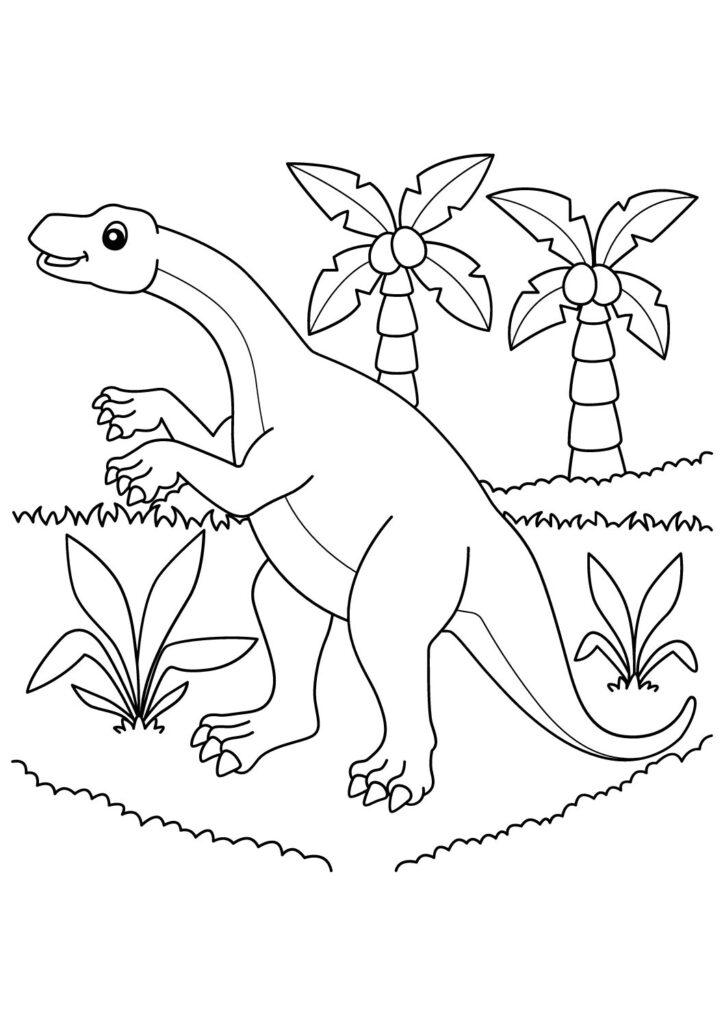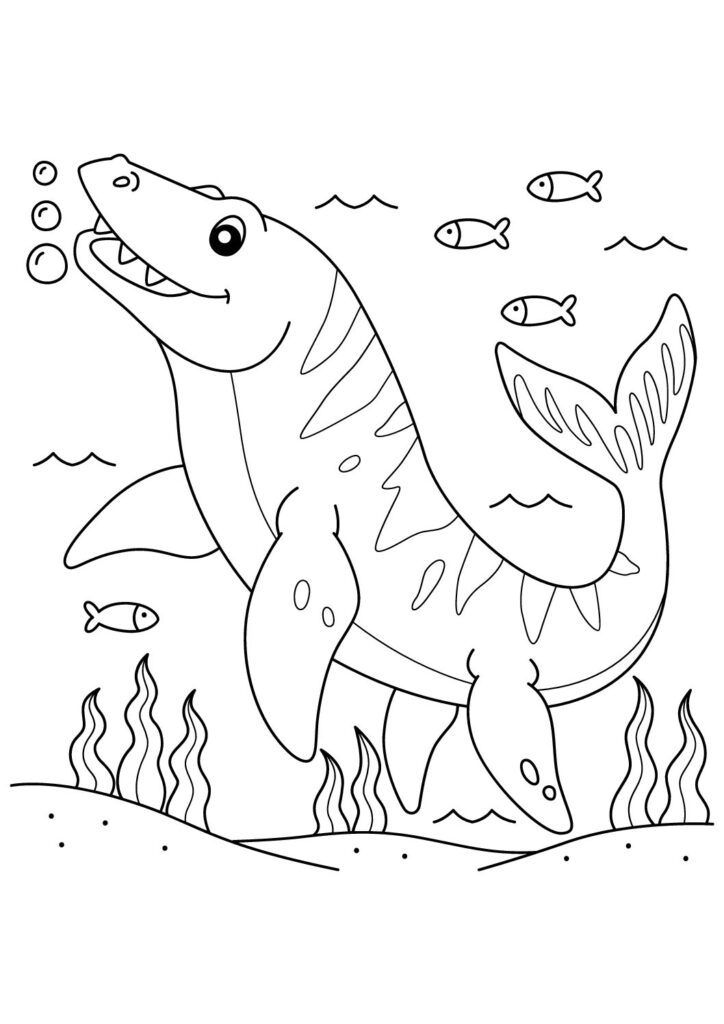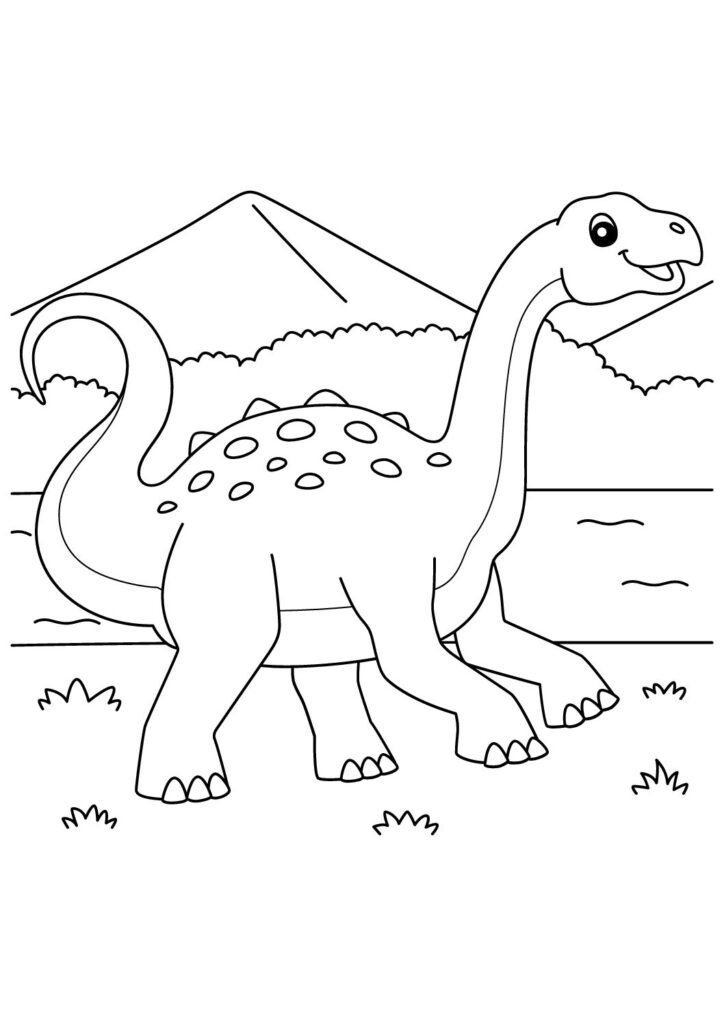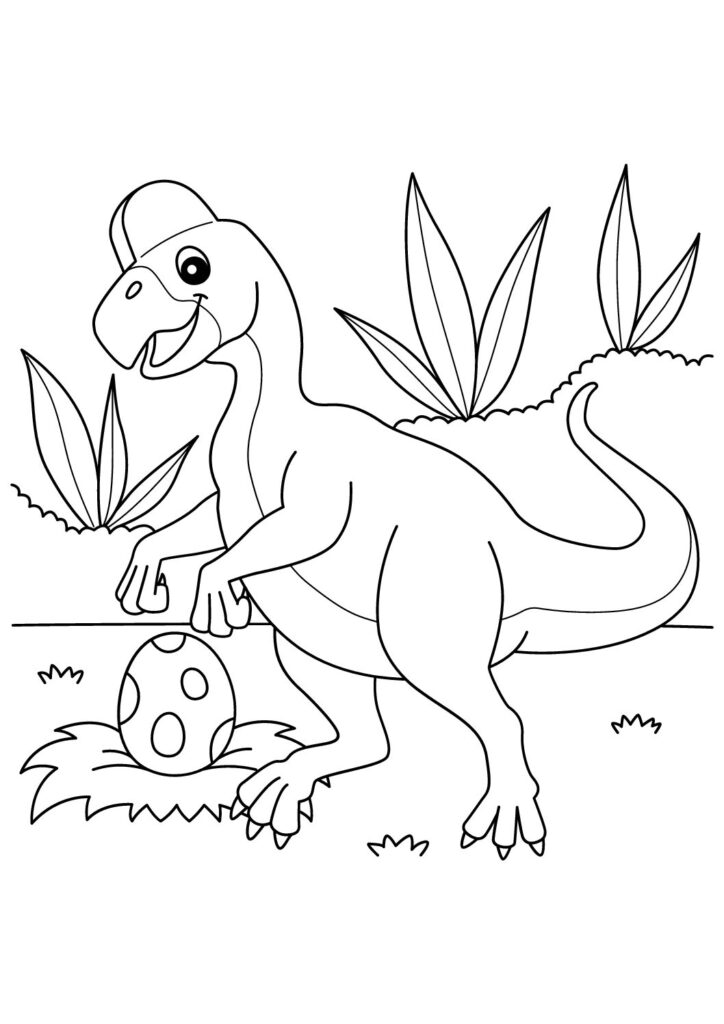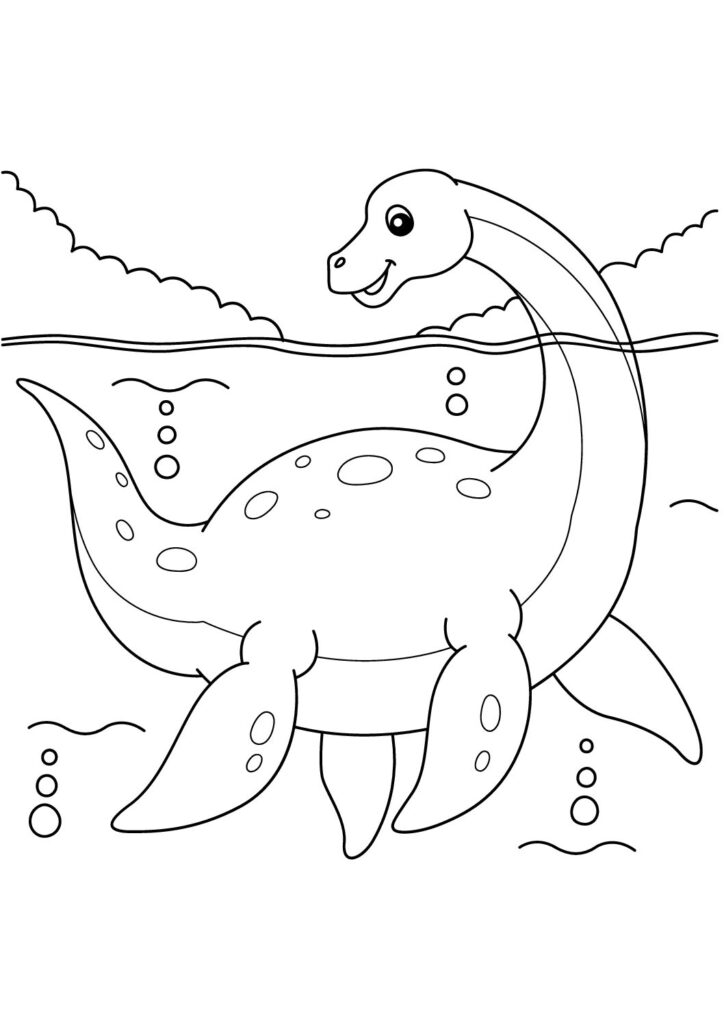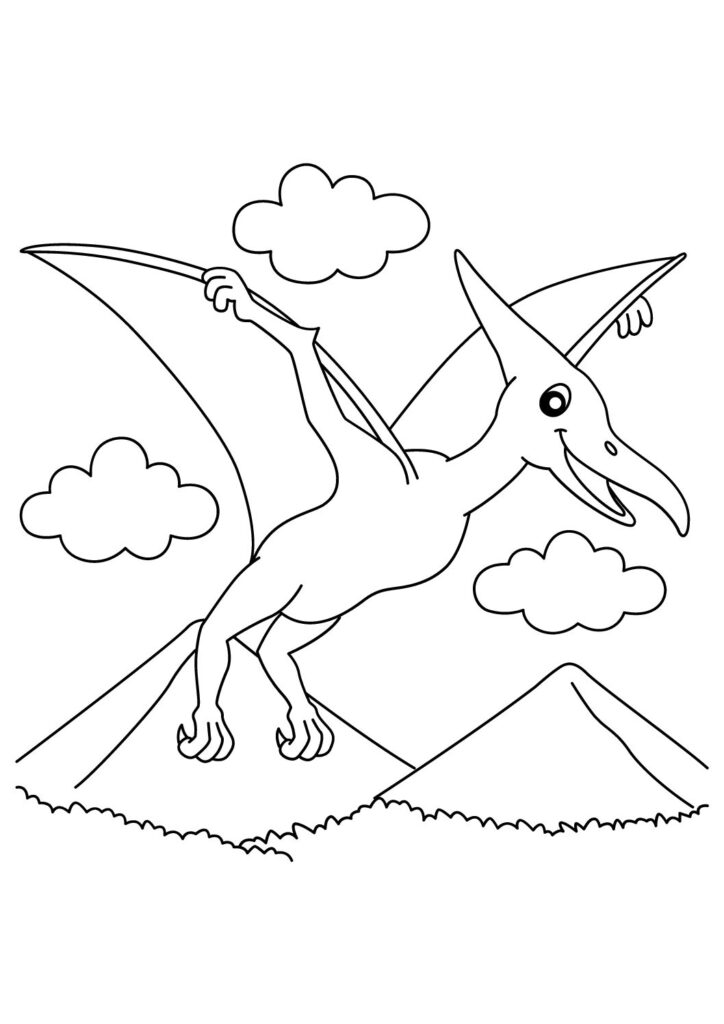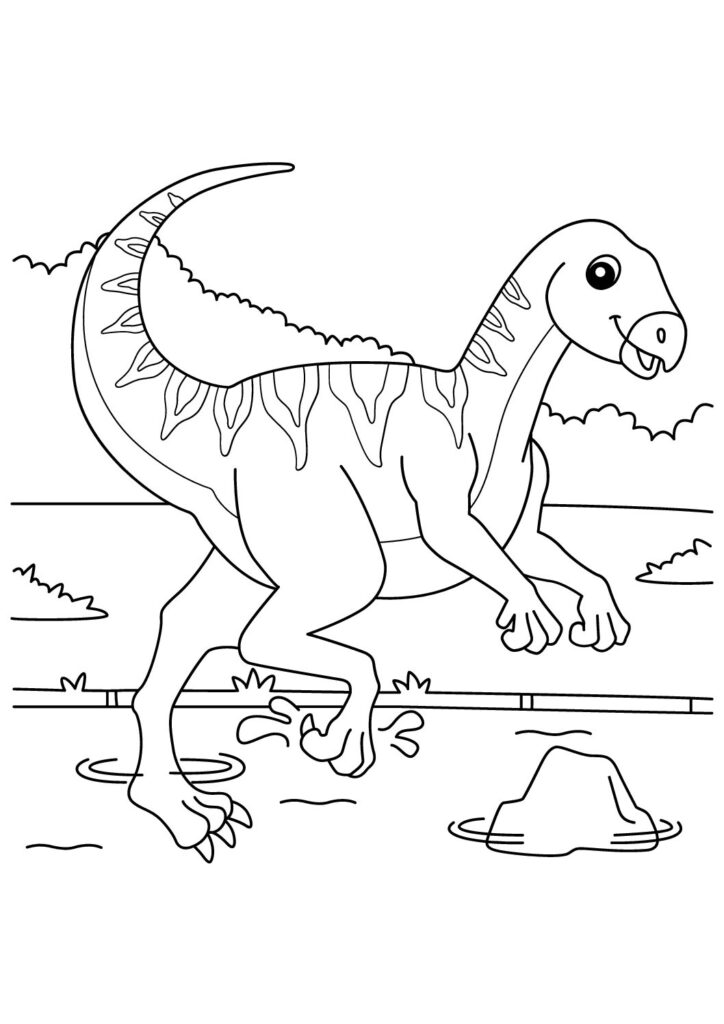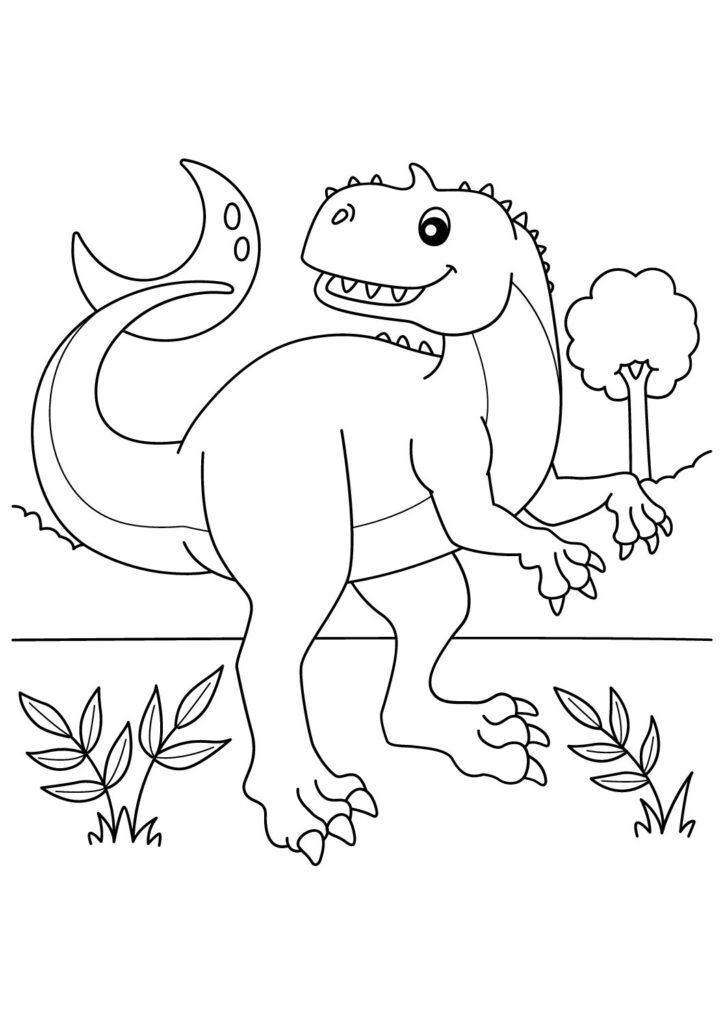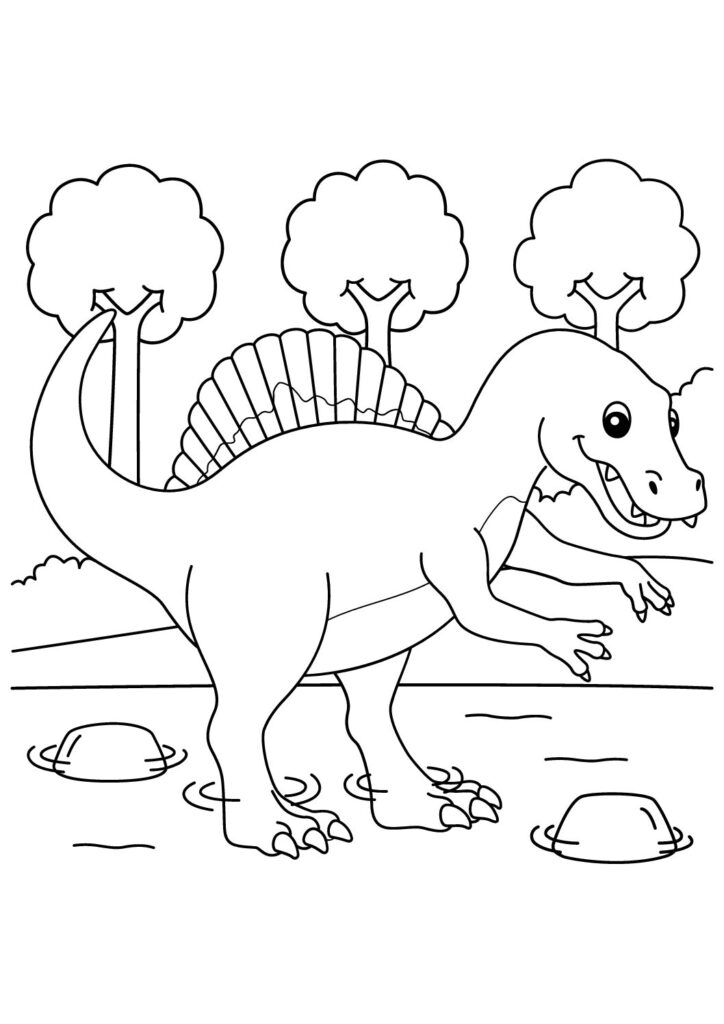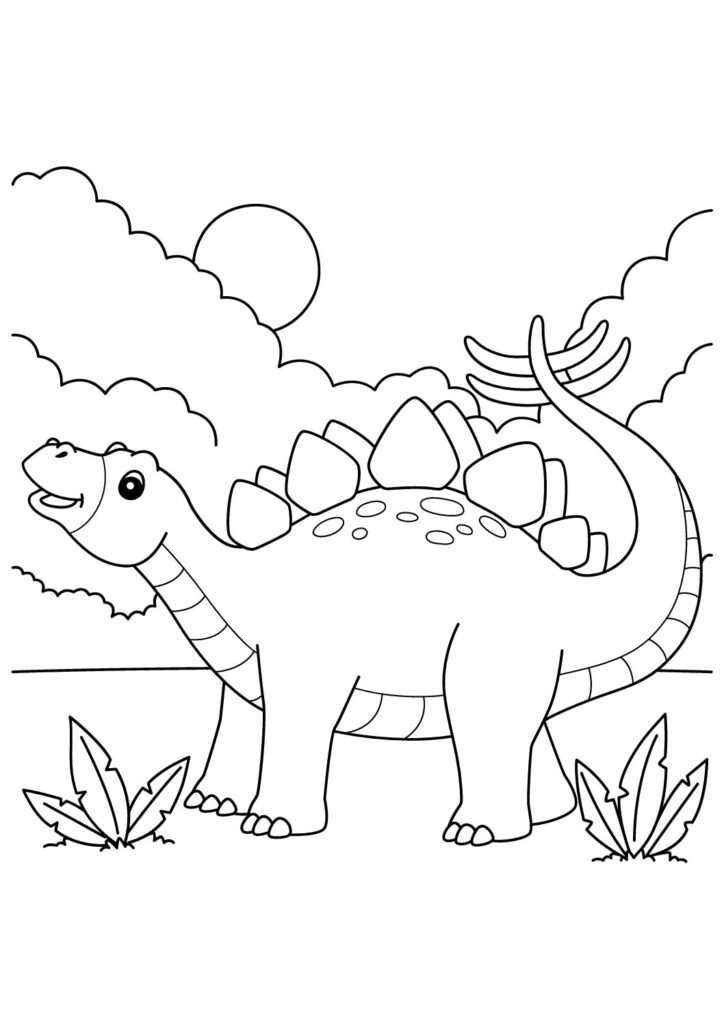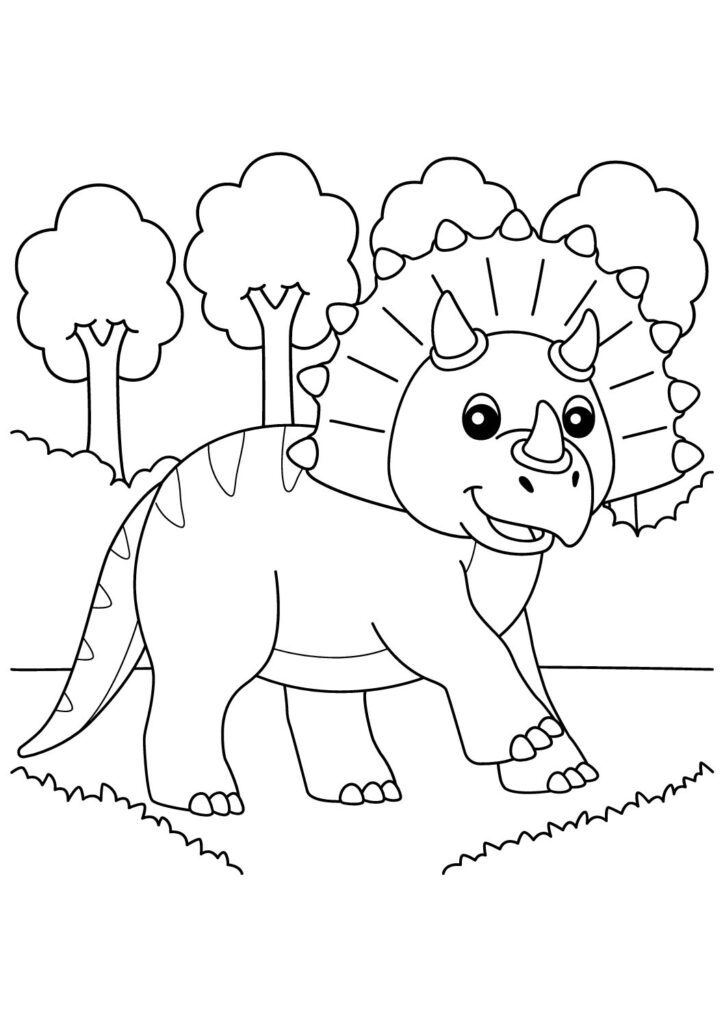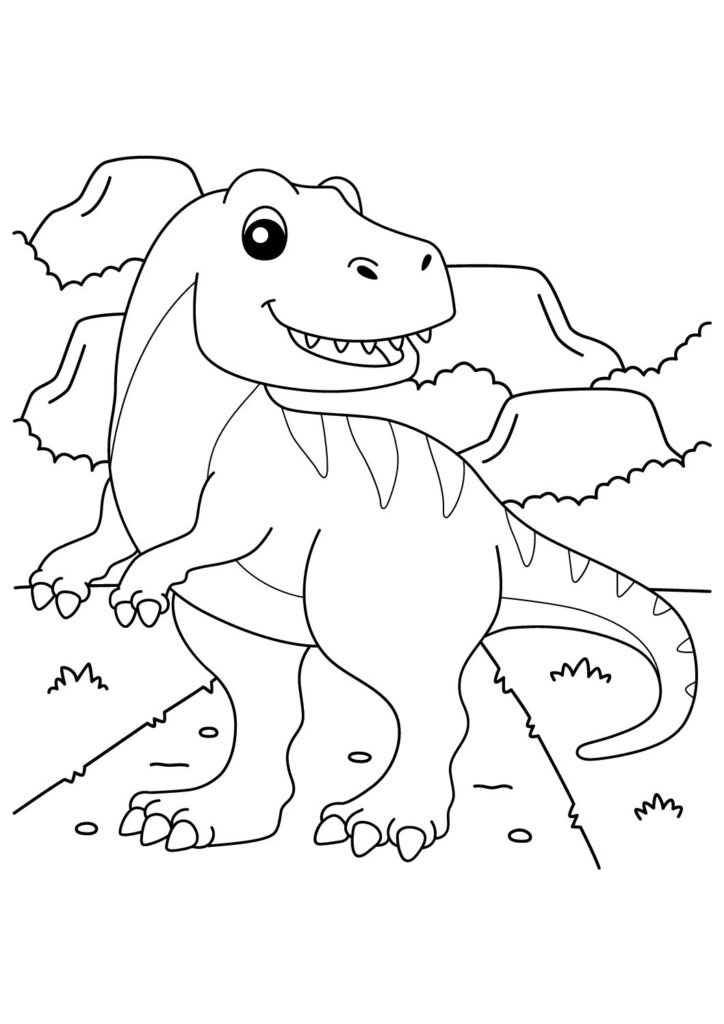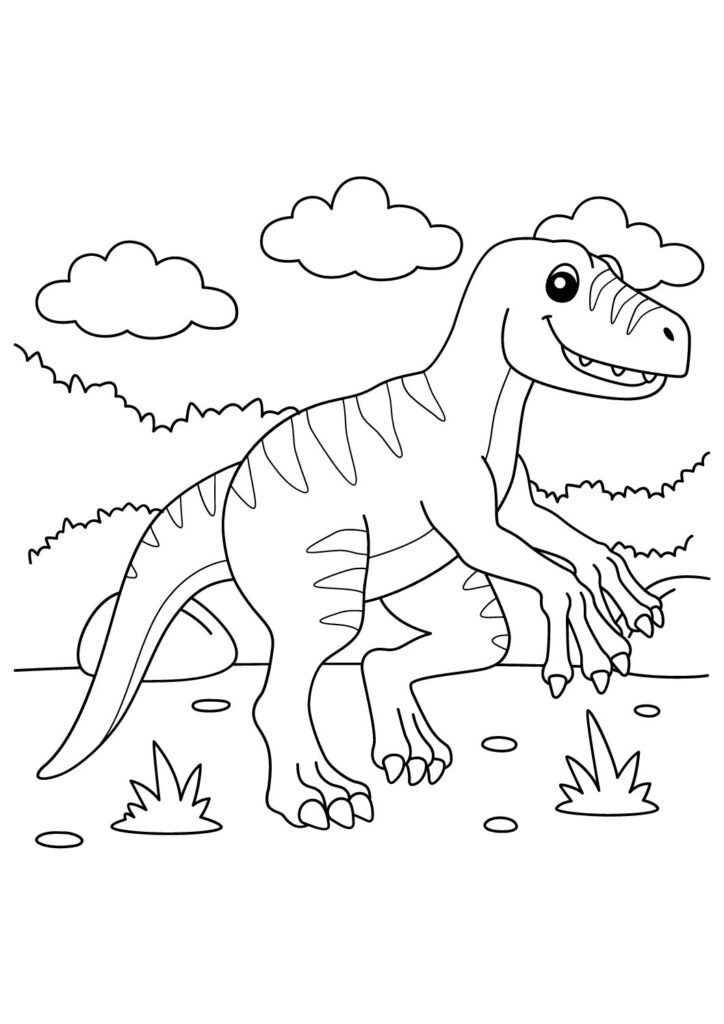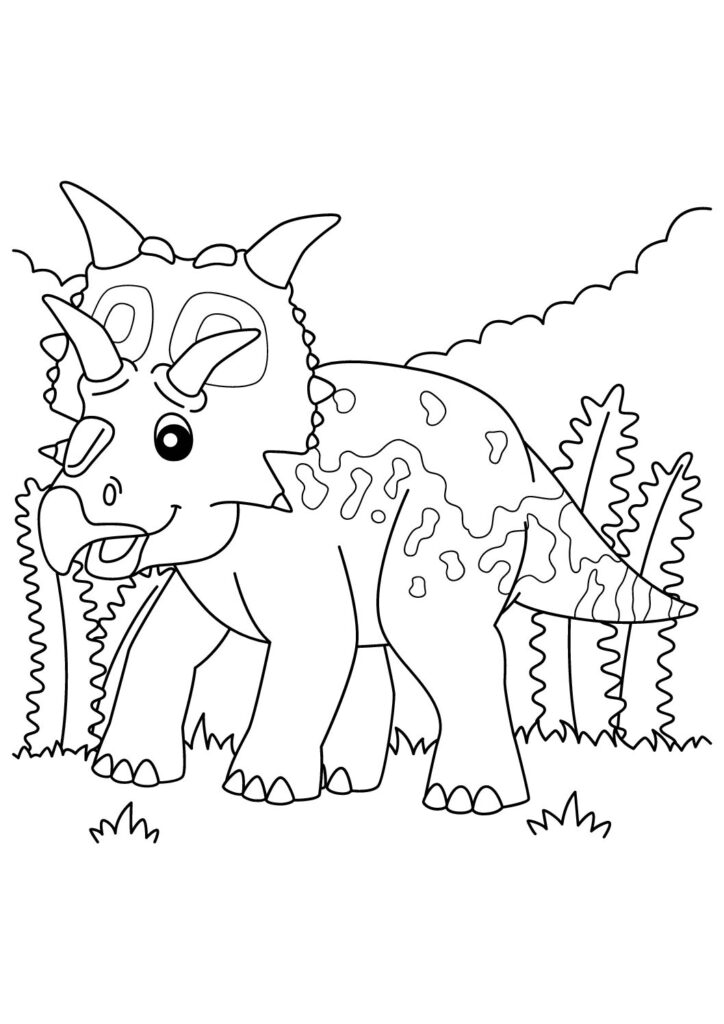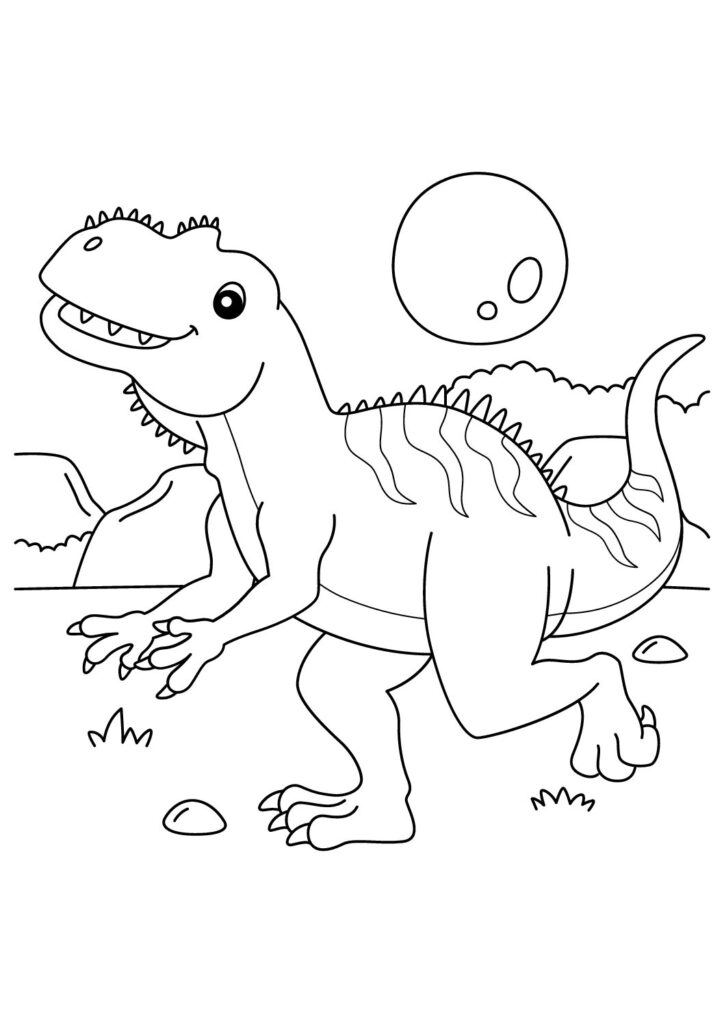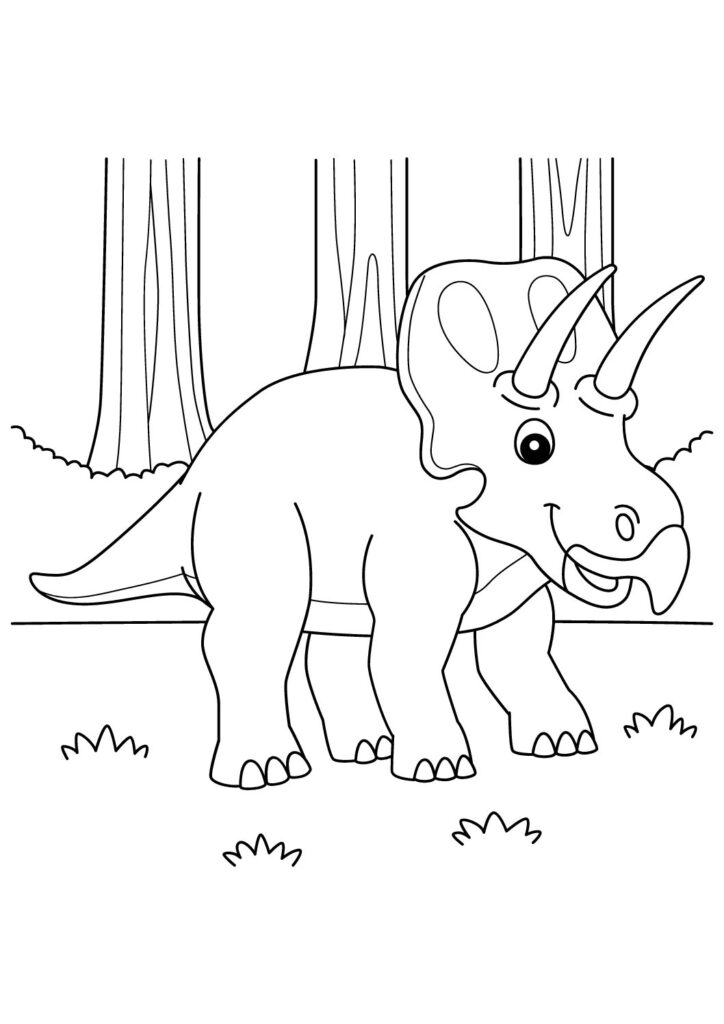1 Free Wannanosaurus Coloring Pages for Download (Printable PDF)

Skip into our free printable collection of Wannanosaurus coloring pages featuring these tiny dinosaurs in their nimble poses! Download these high-quality sheets showcasing these small pachycephalosaurs with their domed heads, quick legs, and compact bodies displaying their incredible agility and speed. Perfect for kids and dinosaur enthusiasts, these detailed prehistoric coloring pages capture the lively nature of these plant-eating creatures known for being one of the smallest head-butting dinosaurs ever discovered. Each printable sheet brings these amazing Late Cretaceous runners to life, highlighting their thick skull caps, short tails, and energetic movements!
Fascinating Wannanosaurus Facts: The Complete Guide to China's Mini Dome-Headed Dinosaur
Introduction
Wannanosaurus yansiensis represents one of paleontology’s most intriguing small dinosaurs, inhabiting what is now Anhui Province in eastern China during the Late Cretaceous period approximately 80 million years ago. This diminutive pachycephalosaur, whose name honors the Wannan region of its discovery, provides crucial insights into dinosaur evolution in Asia while challenging our understanding of pachycephalosaur development with its unique combination of primitive features and specialized adaptations.
Remarkable Size
Wannanosaurus holds the distinction of being among the smallest known pachycephalosaurs, measuring only about 2-3 feet in total length—approximately the size of a modern turkey. This miniature stature contrasts dramatically with larger relatives like Pachycephalosaurus that reached lengths exceeding 15 feet, suggesting either that Wannanosaurus represents a primitive ancestral form of the group or potentially a case of insular dwarfism resulting from geographic isolation in its Asian habitat.
Distinctive Head Structure
Unlike the massive domed skulls of advanced pachycephalosaurs, Wannanosaurus possessed only a slightly thickened, flattened skull roof with small bony protuberances, potentially representing an evolutionary intermediate stage in dome development. The partial flattening with thickened bone suggests Wannanosaurus was already engaged in head-butting behaviors but had not yet evolved the extreme specialization seen in later forms, providing valuable insights into how this distinctive feature developed throughout pachycephalosaur evolution.
Scientific Significance
Paleontologist Lian-Hai Hou first described Wannanosaurus in 1977 based on fragmentary remains including a partial skull, jaw elements, and limited post-cranial material. Despite its incomplete preservation, this discovery provided crucial evidence of pachycephalosaur diversity in Asia and has contributed significantly to understanding the group’s evolutionary history, biogeography, and relationships with other ornithischian dinosaurs during the Late Cretaceous period.
Evolutionary Context
As a basal (primitive) member of Pachycephalosauria, Wannanosaurus offers valuable insights into the early evolution of this distinctive dinosaur group. Its combination of basic pachycephalosaur traits with more primitive features suggests it represents a transitional form linking earlier small ornithopod-like ancestors with the more specialized dome-headed descendants that would later evolve throughout Asia and North America during the final stages of dinosaur evolution.
Paleoenvironment
During Wannanosaurus’s time, eastern China featured a more temperate climate than today, with seasonal variations supporting diverse forest ecosystems dominated by conifers, ginkgoes, and early flowering plants. This environment shared by various dinosaur species created a complex Late Cretaceous ecosystem where small herbivores like Wannanosaurus likely browsed on low-growing vegetation while avoiding larger predators through a combination of vigilance, speed, and potentially social grouping behaviors.
Research Challenges
Like many Asian dinosaurs discovered in the mid-20th century, Wannanosaurus remains incompletely known due to the fragmentary nature of available fossils and limited excavation of its original discovery site. This partial preservation highlights the challenges of dinosaur paleontology in regions with complex political histories and underscores the importance of continued fieldwork in China and collaborative international research to enhance our understanding of dinosaur evolution across Asia.

